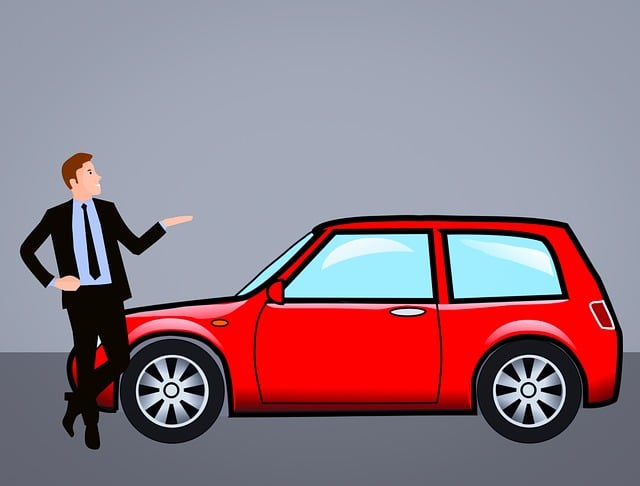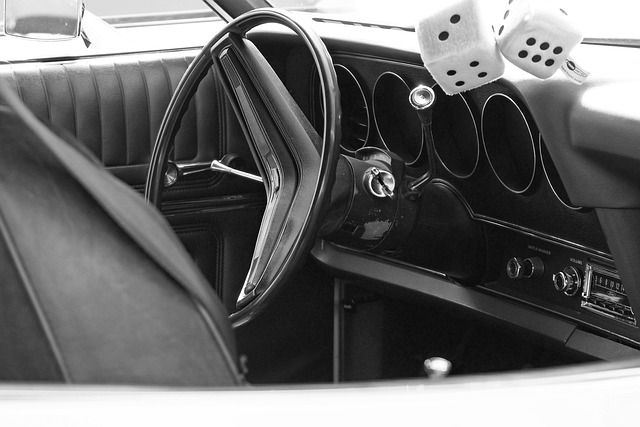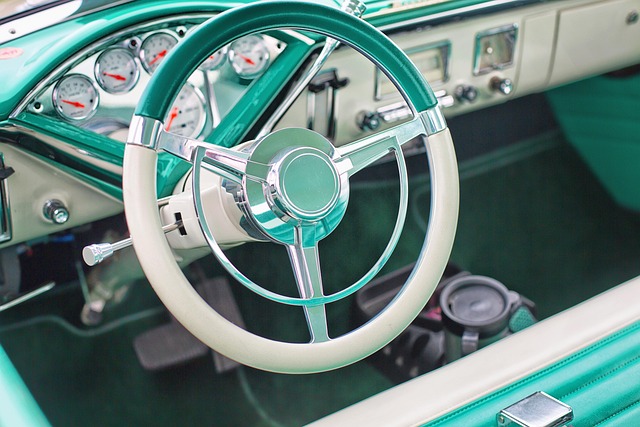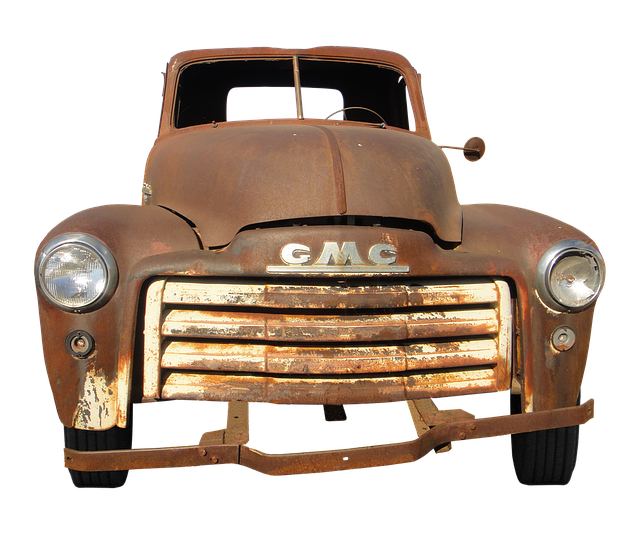When buying used cars, a meticulous inspection is key for reliability and safety. Check engines, tires, exterior, interior, and mechanical components thoroughly. Pay special attention to vehicle-specific features and maintenance records. Utilize resources for informed decisions on select buying used cars under $10k.
When considering buying a used car, a comprehensive vehicle inspection is non-negotiable. This guide navigates the essential checks for pre-purchase, ensuring you make an informed decision. From visual inspections that reveal external condition and damage to delving under the hood for engine health and mechanical soundness, each step matters. We’ll walk you through evaluating interior condition and safety features as well, empowering you to select the best used car for your needs.
- Understanding Essential Checks for Pre-Purchase
- Visual Inspection: What to Look For Externally
- Under the Hood: Engine and Mechanical Health
- Interior Condition & Safety Features Evaluation
Understanding Essential Checks for Pre-Purchase

When considering buying a used car, performing a comprehensive inspection is non-negotiable. Before making a purchase, buyers should familiarize themselves with essential checks to ensure they’re getting a reliable vehicle. This includes examining the engine for leaks and proper functionality, checking tire tread depth and wear, inspecting the exterior and interior for signs of damage or wear and tear, and verifying key components like brakes, lights, and wipers are in good working order. For those interested in hybrid and electric pre-owned options, or restored classics on the market, a thorough inspection becomes even more critical to ensure energy efficiency and historical authenticity.
Additionally, buyers looking for specific types of vehicles should tailor their checks accordingly. A buyer’s guide to used trucks, for instance, might focus on testing the towing capacity and durability of the engine. Meanwhile, those in the market for pre-owned 4x4s for off-roading could prioritize all-wheel drive performance and rugged terrain handling. For family-friendly used SUVs, safety features, passenger space, and entertainment systems may take center stage during the inspection process.
Visual Inspection: What to Look For Externally

When considering a select buying used cars, a thorough visual inspection is non-negotiable. Start by examining the exterior for any signs of damage or wear. Look for dents, cracks in the paint, or rust, as these issues could indicate poor maintenance or previous accidents. Check all windows and mirrors for chips or cracks, ensuring they’re clear and functional for optimal visibility during driving. The tires should be evenly worn, with no bulges or unusual patterns, suggesting potential alignment problems.
Pay close attention to the lights—headlamps, taillights, and turn signals—to ensure they’re all working properly. Check for any leaks around doors, fenders, or the engine bay, which could signal maintenance issues. A family-friendly used SUV or affordable work vehicle should have no visible mechanical damage, and its exterior should be well-kept. This initial visual assessment will help you narrow down your options and identify potential red flags before diving deeper into the inspection process.
Under the Hood: Engine and Mechanical Health

When considering a select buying used cars, one of the most important areas to scrutinize is the engine and mechanical health under the hood. This involves checking for signs of leaks, ensuring all fluids are at optimal levels, and examining the condition of vital components like belts, hoses, and the battery. A well-maintained engine can significantly extend the lifespan of a vehicle, which is especially crucial for those looking into used minivans for sale near me or any other type of used car deals.
Regular maintenance records are key indicators of a vehicle’s mechanical history, providing insights into past repairs and potential future issues. For budget-conscious buyers seeking cheap used car deals, this becomes an essential step in navigating the process. Negotiating tips for used car buyers include asking detailed questions about service histories and performing basic checks under the hood to assess the overall health of the engine and mechanics before finalizing any transaction.
Interior Condition & Safety Features Evaluation

When inspecting a vehicle, paying close attention to the interior condition and safety features is crucial for any potential buyer, especially when considering buying used cars. Beyond the external aesthetics, the cabin offers insights into the vehicle’s overall health and can indicate whether it’s suitable for daily driving or if repairs are needed. Look for signs of wear and tear on seats, dashboards, and door panels. Check that all controls, from steering wheels to seat adjustments, operate smoothly. Moreover, examine safety features such as airbags, anti-lock brakes (ABS), and electronic stability control (ESC) to ensure they function correctly—these are essential components for your peace of mind and protection during an accident.
For those seeking budget-friendly used cars under $10k, this evaluation step becomes even more critical as it can reveal hidden costs. Consumer Reports offers valuable insights into what to look out for in pre-owned vehicles, making it a go-to resource when considering low maintenance used cars or eco-friendly options. Remember that a thorough inspection can save you from unexpected repairs and help you make an informed decision when navigating the market for your next set of wheels.
When considering the select buying used cars, a comprehensive vehicle inspection is non-negotiable. By understanding the essential checks for pre-purchase, conducting a thorough visual inspection both inside and out, examining under the hood for engine health, and evaluating interior condition and safety features, you can make an informed decision. These steps ensure that you’re getting a reliable vehicle, saving you from costly surprises down the line.



